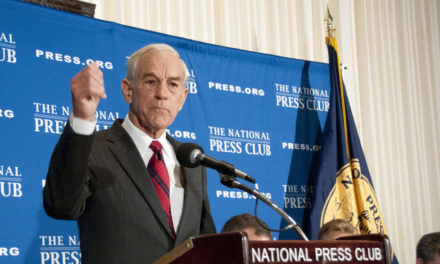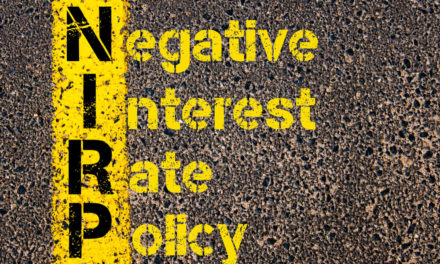Consumers in the United States will feel the impact of the newest round of tariffs being levied against China, according to JPMorgan.
“We believe there is a good chance they end up reversing their decision and finding a way to reach some common ground with Chinese negotiators.”
The firm increased its estimates of the annual tariff cost per household from $600 to $1,000 after the announcement of more tariffs beginning on Sept. 1, with more that have been delayed until mid-December to avoid rising prices during the holiday season, hurting consumer spending.
“What distinguishes China Phase III tariffs from preceding tariffs is the impact to Consumption and Capital goods whereas previous tariffs focused more on Intermediate goods,” Dubravko Lakos-Bujas, JPMorgan’s head of U.S. equity strategy, said in a note to clients. “This suggests that the expected consumer impact should be larger in the latest round.”
President Donald Trump announced a new round of 10% tariffs on the remaining $300 billion in Chinese imports that aren’t already being taxed after negotiations between the world’s two largest economies stalled again last month. The duties, which were set to begin on Sept. 1, have been delayed until Dec. 15.
Lakos-Bujas argues U.S. households will feel the impact of these taxes more because “there is no simple way to compensate (a) consumer,” unlike some American farmers who have received government aid to offset the impact felt by some tariffs already in place.
This new round of tariffs could have a great impact, though, as around 70% of economic activity is tied to consumer spending, according to CNBC. Because of this, and the rapidly approaching 2020 election, Lakos-Bujas feels the Trump administration will reel back some of the taxes to reach a compromise in the trade agreement.
“We believe there is a good chance they end up reversing their decision and finding a way to reach some common ground with Chinese negotiators,” he said.




